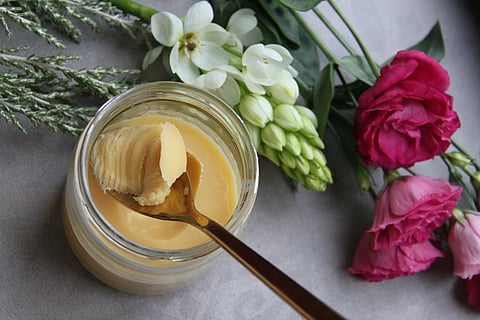

They may look the same and often sit side by side on the breakfast table, but butter and margarine are quite different in how they’re made and what they contain.
Butter is a dairy product. It’s made by churning cream until the fat separates from the liquid. This gives butter its rich, creamy flavour and natural texture. Since it’s made from animal fat, butter contains saturated fats and a small amount of cholesterol.
Margarine, on the other hand, was invented as a cheaper alternative to butter. It is made by blending vegetable oils like soybean or sunflower oil. To make it solid at room temperature, the oils go through a process called hydrogenation or are mixed with emulsifiers and preservatives. Margarine usually contains unsaturated fats and is often fortified with vitamins.
In terms of taste, butter tends to be richer and more flavourful, especially when used in baking. Margarine has a milder flavour but may be preferred by people who avoid dairy or want lower cholesterol options.
So next time you're spreading something on toast, remember: one comes from cream, the other from oils — and they each bring their own benefits to the table.